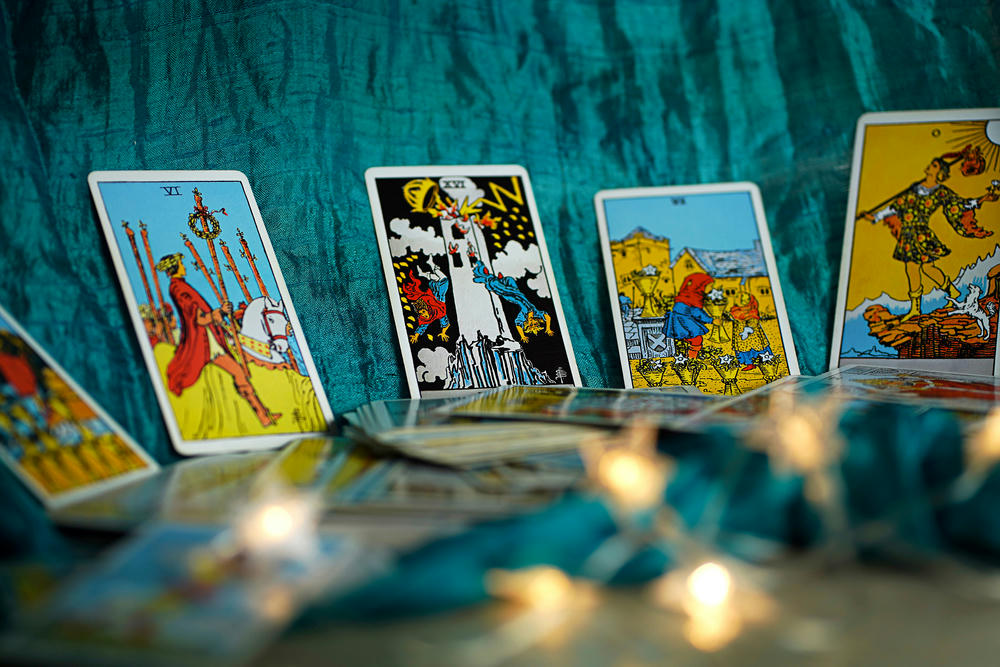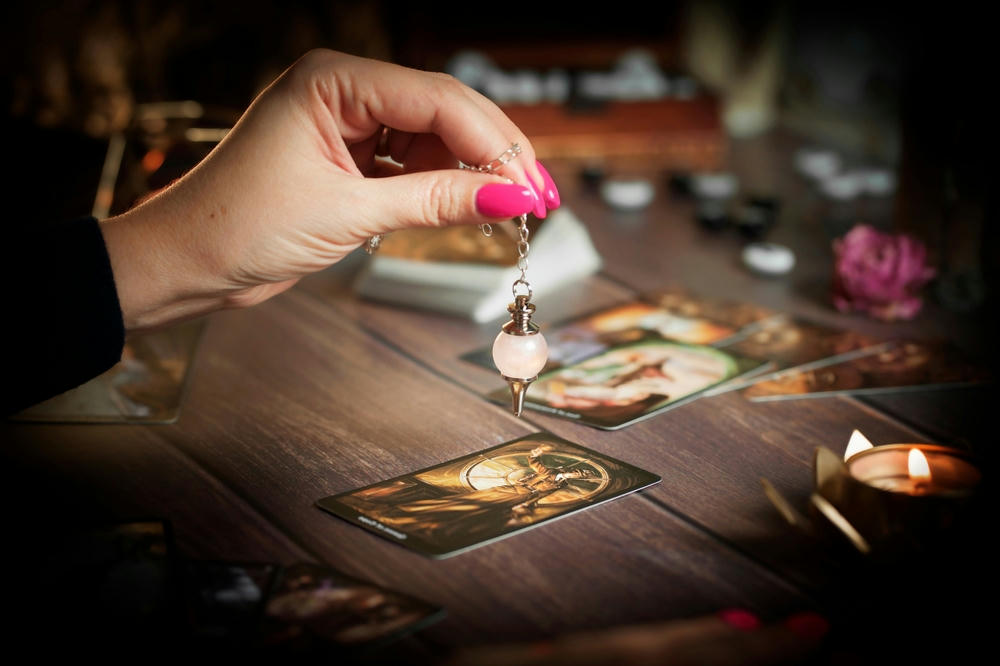
2026 Astrological Blueprint | What will be your happiness quota this year?
Rainbow
12/2/2025, 12:00 PM
Tarot reading is a practice that spans various cultures and historical periods. But in today's psychic world, tarot blends art and insight, offering people a way to understand life patterns and discover more about themselves.
Tarot cards, an ancient deck of 78 cards, each adorned with unique imagery and symbolism. This deck of cards has transformed from basic playing cards into powerful tools for spiritual insight, self-reflection, and divination.
Join us as we explore the simple yet profound world of what tarot cards are and how they can lead us to enlightenment.

Tarot cards are typically divided into two main groups: the Major Arcana and the Minor Arcana.
The Major Arcana group comprises 22 cards, including The Lovers and The Empress, with each card representing a significant life event or archetype. The cards portray powerful and transformative experiences.
The Minor Arcana is a group of 56 cards and is divided into four suits, similar to a standard deck of cards. In Tarot, these suits are typically Cups, Pentacles (or Coins), Swords, and Wands (or Rods).
Within each suit are cards numbered from Ace to 10, along with four court cards: Page, Knight, Queen, and King. The Minor Arcana is centred on everyday aspects of life and personal experiences.
Learn more about cartomancy and card reading on PsychicWorld.
A tarot card reading involves drawing and interpreting cards from a deck to gain insights into a person's life. While you don’t have to have any innate abilities to read tarot cards, many psychics offer this service. The process generally follows these three steps:

There are numerous ways to use tarot cards, and mastering tarot card reading can serve various purposes in the mystical realm, such as:
A typical tarot card reading involves drawing and interpreting cards to answer questions or provide insight into a person's life. However, it's important to know that interpretations can vary.
While some individuals use tarot for dedicated spiritual or inner exploration, others engage in it purely for fun and entertainment. This diversity is understandable given that tarot's rich history is intertwined not only with various cultural and mystical traditions but also with pop culture.
To understand tarot cards better, let's look at how people use these ancient cards and what else they gain from practising with them.

While many people find value, inspiration, and guidance in tarot card readings, it's important to approach the practice with a balanced perspective. Let’s consider the following potential risks associated with tarot reading:
Tarot readings are subjective. The meanings of cards can differ, and different readers may offer varied insights for the same cards. It's important to understand that interpretations aren't fixed and can be influenced.
For instance, one reader might interpret the Tower card as a symbol of sudden change and upheaval, while another may see it as a necessary transformation leading to growth.
Excessive reliance on tarot readings for decision-making or reassurance poses a risk. Depending too much on external guidance may undermine one's trust in intuition and independence. This vulnerability is even higher for those facing challenges, potentially leading to interpretations that exacerbate stress or anxiety.
Remember that, while tarot can be a helpful tool, readings should not replace professional support when necessary.
Misinterpreting specific cards or receiving negative readings can potentially heighten anxiety or fear. Focus on the fact that tarot cards are a tool for exploration and not every reading should be seen as predictive or definitive.
For instance, someone drawing the Death card might initially worry about literal death. However, in tarot, this card often symbolises transformation or change rather than a demise. Recognising these nuances prevents unnecessary anxiety and ensures a more accurate understanding of the cards' intended meanings.
People sometimes connect tarot cards with superstitions and misunderstandings about the occult, leading to unnecessary fear or discomfort. This is especially true for those with strong religious or cultural beliefs.
Certainly, some people may wonder if psychic readings are sinful, particularly due to the association of card reading with dark forces. Clearing up these misunderstandings promotes a more informed and open-minded view of tarot as a tool for self-reflection and guidance.
Choosing an inexperienced or unqualified tarot reader may result in misleading or unhelpful readings. There are instances of individuals taking advantage of others' vulnerability by offering expensive or unnecessary services, falsely claiming to provide solutions or insights through tarot readings.
Be cautious and invest time in finding reliable psychics when seeking spiritual guidance. Choosing practitioners with certification and a good reputation, who understand and adhere to ethical considerations in their practice, is crucial.

As we explore the appeal of tarot cards, we find a versatile tool filled with rich symbolism. However, engaging with tarot requires an open mind and the willingness to interpret it personally—some see it spiritually, while others view it as a psychological or creative tool.
The flexibility of tarot allows individuals to customise its use according to their unique goals and beliefs. Essentially, the tarot acts as a mirror, reflecting the depths of our narratives and aspirations.
Now that you're clued up about tarot, why not experience one of our free weekly card readings today?
Learn more about your love life, career and future and try another free horoscope on PsychicWorld.
All free horoscopes All year horoscopes Today's horoscope
Chat with an online psychic expert and make 2023 your year!
*Image(s) used under license from Shutterstock.com and / or stock.adobe.com

Rainbow
12/2/2025, 12:00 PM

SJ Ayra
12/1/2025, 11:00 AM

SJ Ayra
12/1/2024, 10:00 AM
Chat with one of our qualified psychics and find your path to happiness
Jane, Santa Monica
"I have never had a better, more accurate, more specific and honest and helpful reading in my life. I tried free psychic chat and my psychic read my situation right away, so I continued with a live psychic chat session"
Amber, New Jersey
"The psychics I talked to are incredibly kind and offer great insight. They helped me to see things clearly and offer great guidance on what I should be focusing on with my personal growth journey."
Lisa, Hicksville, New York
"I never expected to get some much from my first reading. Keith helped me find the way to my spiritual path and gave me specific action steps to ensure I continue the good work we began during our session."